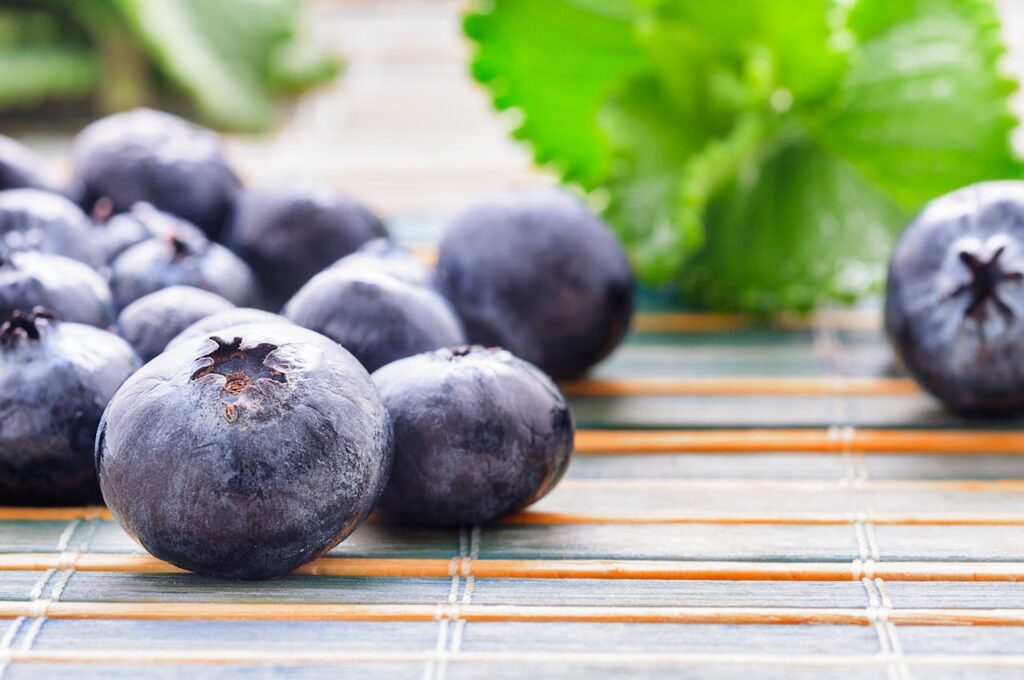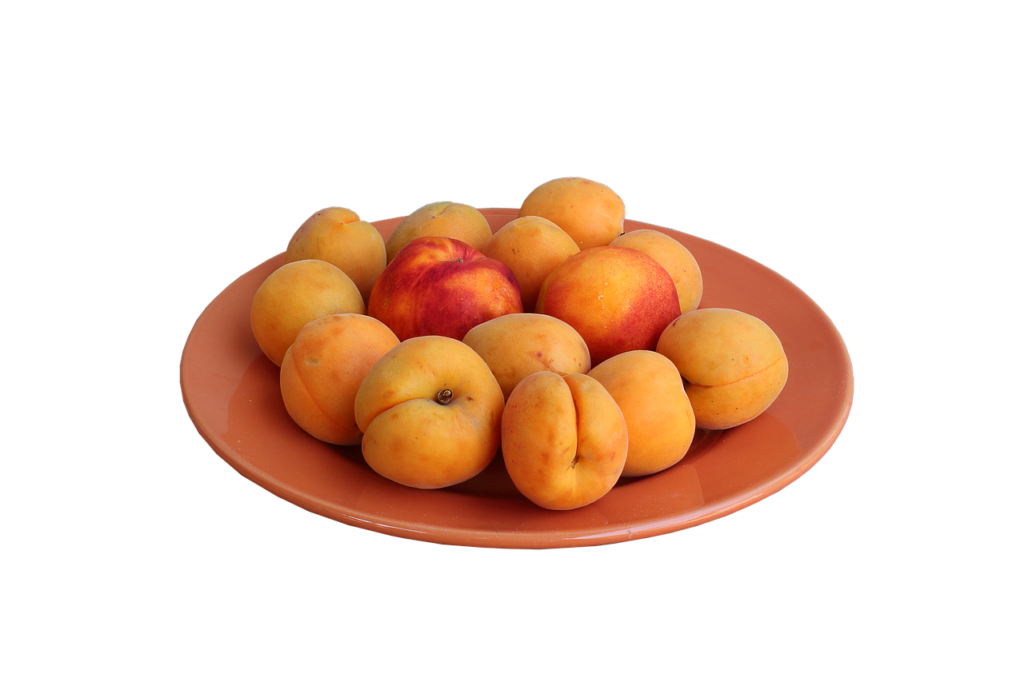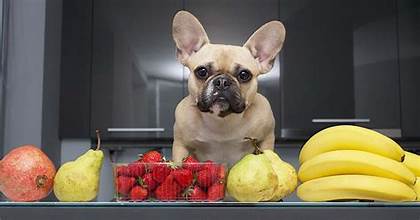We dog owners all want to spoil our pups with tasty treats. But when it comes to fruits, knowing what’s safe and what’s not is essential. You may be asking, “What fruits can dogs eat?” The good news is that many fruits are safe for dogs and packed with nutrients!
In this guide, we’ll cover the best fruits for dogs, how to feed them safely, which ones to avoid, and helpful tips on making fruits a healthy addition to your dog’s diet.
Understanding the Benefits of Fruits for Dogs
Fruits can be:
- Rich in vitamins like A, C, and K
- Full of antioxidants
- A great source of fiber
- Low in fat and high in hydration
- Excellent natural treats
🍎 Always introduce new fruits slowly and in moderation. Remember, too much of even a good thing can upset your dog’s stomach. It’s all about balance and responsibility.
✅ Safe Fruits for Dogs (and How to Serve Them)
Here’s a list of dog-safe fruits that can be added to your pet’s diet in small amounts:
🫐 Blueberries
- High in antioxidants and fiber
- Suitable for the immune system
- Serve fresh or frozen.

🍌 Bananas
- Packed with potassium and vitamin B6
- Easy on the stomach
- Slice into bite-sized pieces; don’t feed the peel
🍎 Apples (no seeds!)
- Excellent source of fiber and vitamin C
- Slice and remove the core and seeds
- Choose organic when possible.
🍉 Watermelon (seedless)
- Super hydrating and full of vitamins A, B6, and C
- Remove all seeds and rind.
🍓 Strawberries
- High in antioxidants and vitamin C
- Serve sliced or mashed.
- Feed in moderation due to sugar.
🍍 Pineapple (fresh only)
- Loaded with vitamin C and digestive enzymes
- Remove skin and core, and serve in chunks.
🍑 Peaches (pitted)
- It is a good source of fiber and vitamin A
- Always remove the pit (it’s toxic!)
- Avoid canned peaches in syrup.

🥭 Mango (pitted)
- Rich in vitamins A, B6, C, and E
- Peel and remove the pit before serving.
🍐 Pears
- It contains fiber and copper
- Remove seeds and core; serve in small pieces.
🥝 Kiwi
- High in vitamin C and potassium
- Peel and slice; feed occasionally due to acidity
🚫 Fruits Dogs Should NOT Eat
These fruits can be toxic or harmful and should always be avoided:
🍇 Grapes & Raisins
- Highly toxic — even small amounts can cause kidney failure.
🍒 Cherries
- Contains cyanide in pits, stems, and leaves
🍋 Lemons & Limes
- Too acidic; can cause stomach upset
🍅 Tomatoes (especially green or unripe)
- Contain solanine, which is toxic in high amounts
🍍 Canned Pineapple
- Often contains too much sugar and preservatives
How to Feed Fruits to Your Dog Safely
- Always wash fruits thoroughly to remove pesticides.
- Remove seeds, pits, cores, and rinds.
- Cut into bite-sized pieces to avoid choking.
- Feed fruits as treats, not meal replacements (no more than 10% of their diet).
- Start with small amounts to watch for allergic reactions or digestive issues. Remember, like humans, dogs can have individual sensitivities to certain fruits. If you notice any unusual behavior or symptoms, consult your vet immediately.
🐶 Pro Tip: Freeze fruit slices (like blueberries or watermelon cubes) for a refreshing summer treat! This is a safe and enjoyable way to treat your dog.
DIY Fruit Treat Ideas for Dogs
🍌 Frozen Banana Bites
- Slice the banana, dip it in plain Greek yogurt, and freeze.
🫐 Blueberry Ice Cubes
- Drop a few blueberries into water and freeze in an ice tray.
🍎 Apple & Peanut Butter Slices
- Spread a thin layer of xylitol-free peanut butter on apple slices.
When to Call the Vet
If your dog eats a dangerous fruit or shows symptoms like:
- Vomiting
- Diarrhea
- Lethargy
- Drooling
- Seizures
Call your veterinarian immediately. It’s better to be safe than sorry.
Conclusion: Fruits Can Be Healthy Treats for Dogs!
Now that you know which fruits dogs can eat, you can confidently treat your furry friend to nature’s sweetness. Fruits safe for dogs like apples, bananas, blueberries, and watermelon, can be a nutritious and delicious way to reward your pup. Remember to feed in moderation, remove harmful parts, and consult your vet before introducing new foods to your dog’s diet.




